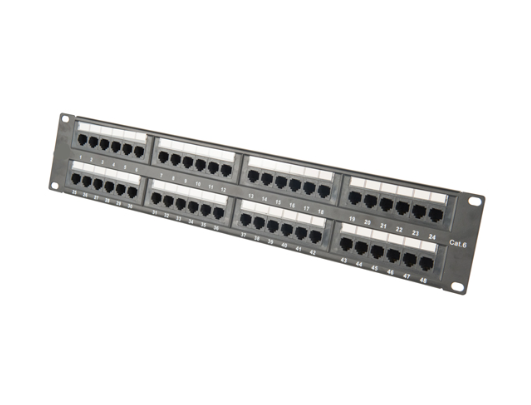News
Site Editor
 Site
https://leonetworkgroup.usa18.wondercdn.com/uploads/image/5fe152faa587d.png
Optical cables are the preferred mode of transmitting data and information in today’s world. These cables have gained popularity because of their high-speed transmission, less interference, and the ability to transmit signals without loss over long distances. However, like any other electronic gadget, optical cables can experience issues and faults that can impact their performance. Testing the op
Site
https://leonetworkgroup.usa18.wondercdn.com/uploads/image/5fe152faa587d.png
Optical cables are the preferred mode of transmitting data and information in today’s world. These cables have gained popularity because of their high-speed transmission, less interference, and the ability to transmit signals without loss over long distances. However, like any other electronic gadget, optical cables can experience issues and faults that can impact their performance. Testing the op
How To Test Optical Cable
Views: 409
Author: Site Editor
Publish Time: 2023-07-13
Origin: Site
Optical cables are the preferred mode of transmitting data and information in today’s world. These cables have gained popularity because of their high-speed transmission, less interference, and the ability to transmit signals without loss over long distances. However, like any other electronic gadget, optical cables can experience issues and faults that can impact their performance. Testing the optical cables is vital to ensure they are functioning properly. In this article, we’ll discuss the various methods of testing an optical cable.
1. Visual Inspection
The first method of testing an optical cable is visual inspection. This method is used to determine the fiber’s condition by examining it for any physical damage or dirt. Damages such as breakages, cracks, or contamination can affect the fiber system’s overall performance. Therefore, it’s essential to examine the optical connector, cable jacket, and fiber optic cables to detect damage.
2. Power Meter Testing
The second method of testing an optical cable is by using a power meter. This device measures the power of light that passes through the optical cable. This method helps to determine whether the fiber shows any loss of signal or gain. A power meter testing verifies whether the optical cable can transmit data signals over long distances. The power meter testing will detect broken fibers, dirty or damaged connectors, and other issues that might affect the performance of the optical cable.
3. Optical Time Domain Reflectometry (OTDR) Testing
OTDR testing is a more advanced method of testing an optical cable. The primary function of the OTDR tester is to measure the length, loss, and the continuity of an optical cable. This method helps to detect various issues such as signal attenuation, connector problems, and fiber breaks. The OTDR creates graphs that display the amount of light loss at every point, detecting the specific location of fault points and weaknesses on the cable. This method is essential for the maintenance and troubleshooting of long-distance cabling installations.
4. Continuous Wave (CW) Testing
Continuous wave testing is a method of testing an optical cable’s end-to-end transmission loss. It involves adopting the modulation-free carrier signal's mode to transmit the signal over the fiber. This method helps to detect issues such as fiber breaks, attenuation, and changes in the fiber direction.
In conclusion, testing the optical cable is crucial to its performance. It ensures that the cable system is functioning correctly and is ideal for analyzing the network’s performance. The testing process should be carried out regularly, and the cable system should always be maintained for an efficient network. Adopting the above methods for testing an optical cable will help you to detect faults and fix any problems before they affect the network.
If you want to know more about industrial network cabinet,china fiber optic splice closure,china fiber optic distribution box,please consult the fiber optic splice closure factory









